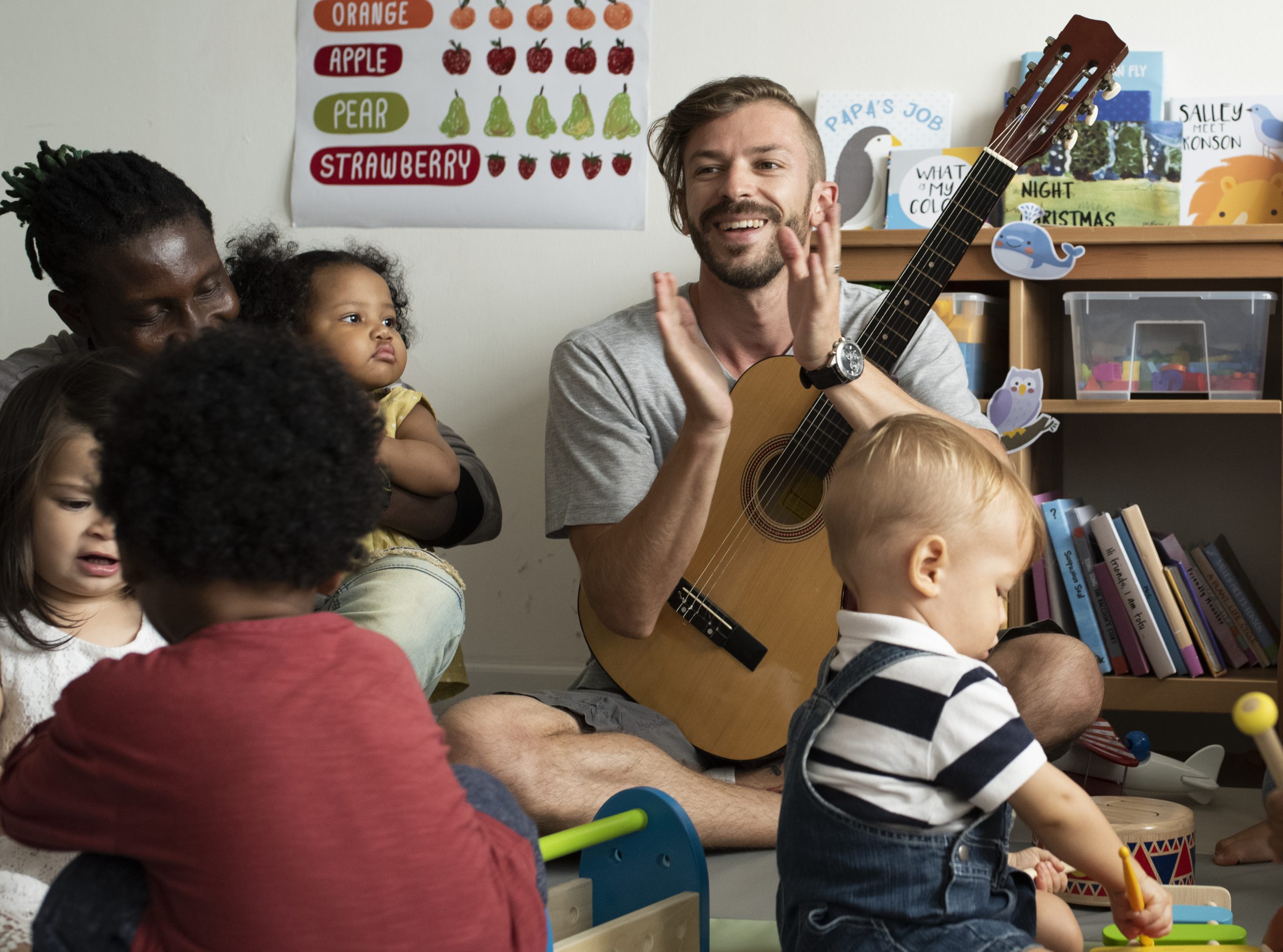
Often teachers like to explain how their students should solve things: in an attempt to help the student they remove as many obstacles as possible, sometimes to the point that nothing is left to discover by oneself, to be proud of or to be curious about. Supportive didactic techniques are replaced by ‘fill in the blanks’. In ludodidactics the attitude towards obstacles is quite the opposite: obstacles are not removed but are actually purposefully added to the design and used from a learning goal perspective. Obstacles are also essential in designing an aesthetic learning experience of some form.
The truth of ‘fun’ in games, is the sweetness of overcoming unnecessary obstacles.
A good design gives the student much freedom in how to go about it. Often, such a design is created in such a way that the obstacle can only be overcome if you turn the lesson’s learning goals into your own.
Irresistable challenges
For most people, unnecessary obstacles can have an immense attraction, if presented in the right way that is. A good gamedesign taps into our innate curiosity and an urge to satisfy our need for achievement. It turns out that people find it hard to resist certain challenges, as presented in this video below, where a rather enigmatic machine was placed in the middle of a shopping area. The experiment starts out with a simple ‘play & win’ game, rewarding a treat to the player after completing the challenge (pushing a button a number of times), but soon progressing into a more enigmatic challenges where the rewards were not even that clear. Watch the video and be amazed to what extent people were seduced to engage in the gameplay that was offered by the machine.
What these examples have in common, is that the game challenges two notions: (1) “I can do this!” and (2) “Can I do this?”. The players engage in the game to test these notions. Where the challenges requiring less skill might need a reward as an incentive to play, the more challenging game designs offer an entirely different attraction by the sense of achievement that players experience when playing (and completing the challenge). The attraction in these examples might seem baffling, but its effect is indisputable.
Note: check out more video’s of people engaging in game-experiments like ‘How far will human lab mice go for Fantastic Delites?‘ (an almost literal example of grinding/treadmilling) or ‘How far would you queue for Fantastic Delites Curls?‘ or ‘How far will a superhero go for Fantastic Delites?‘.
Adding obstacles
In a way, complicating easy tasks is a very efficient way to incentivise people to engage in doing things they are almost (or already) capable of. In the interview conducted with Thijs Spook, he describes the greater attraction when adding a complication to a seemingly easy task: for example, in football, having to put the ball in the goal by kicking it (quite difficult), instead of using your hands (considerably more easy). With every acquired skill level an added complication will also make it more attractive, by keeping it challenging. Building on the example of football, a player with basic control and kicking technique won’t find an empty goal that challenging, but with a goalkeeper that perception changes. This shifts up to the point where a top professional football player will only be really motivated and rewarded when scoring a goal against an equal opponent in a high stakes match. In music education this isn’t really that different.
At a basic level of musical skill Thijs Spook’s example of tasking a group with playing a tune like ‘Oh du lieber Augustin’ or ‘Twinkle, twinkle, little star’ using the hocketing technique in the Boomwhacker game, is very telling how effective it is to add obstacles and thus inducing (game)play. In the world of music education examples of adding playful hurdles is already quite known: changing the modality (major to minor, or vice versa), changing the key (transposition), changing the melodic direction (retrograde), changing the tempo, changing the rhythm or metre, changing the dynamics, and so forth. In fact it has a genre of its own in musical composition, where composers flex their creative skills and craftsmanship by composing increasingly complex variations on relatively simple themes or melodies. In turn, challenging musicians to overcome the technical demands and virtuosity. However the route towards added motivation, can of course be found outside of traditional complexities of music: extra-musical challenges like turning the sheet music upside-down (visual/cognitive complication), moving/walking while playing (mobility) or substituting perceived musical or educational goals with game objectives (goal substitution) are all examples of obstacles that are both unnecessary as well as necessary for musical development, but can – at any rate – improve motivation.





